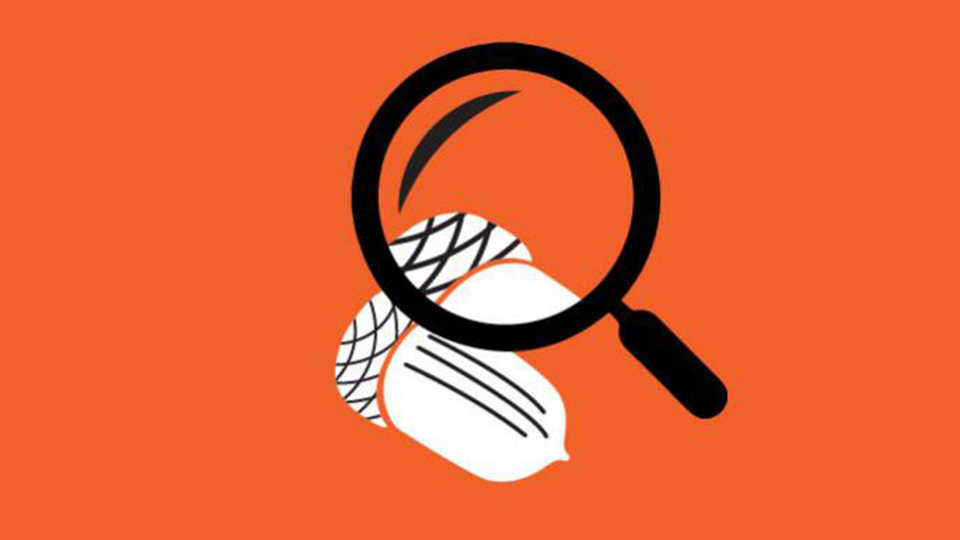To look closely and carefully to observe differences between similar-looking objects, and to come up with questions based on your observations.

© Project MASH
“You see, but you do not observe.” -Sherlock Holmes, A Scandal in Bohemia
Have you ever walked by a field of flowers that look all the same? Or seen a flock of birds fly by where every bird looks like all the other birds? What if you could stop and really look at those flowers or birds, closely and carefully? Do you think they’d still look all the same? Close and careful observing is something that scientists do often, and can lead to questions to investigate. This activity gives you the chance to take a group of objects that seem all the same from far away and observe them scientifically to notice their differences.
- Enough acorns for the entire class (or another set of objects that all look the same)
- Paper
- Pen/pencil
-
Think about observation generally and scientifically. What does it mean to “observe” something? How is observing different than seeing? What can you observe around you currently? Now think about how someone might observe something scientifically. What changes? What sort of information are you trying to collect while observing scientifically?
-
Meet the acorns. Observe all the acorns together in a bowl. Do they all look the same? Are there any acorns that stand out? Select an acorn from the bowl - this is now your acorn!
-
Observe your acorn scientifically. Get to know your acorn! Observe it closely. What is unique about your acorn that might distinguish it from the other acorns? Write down observations about your acorn, or even sketch it.
-
Find your acorn. Toss all the acorns back into the bowl, and mix it up. Can you find your acorn? Be sure to use all your observations to help distinguish your acorn from all the others. When you think you’ve found yours, explain to the rest of the students why you think it’s your acorn, based on your initial observations. The other students can then agree that it’s your acorn, or disagree if they don’t think your initial observations match the acorn you chose.
- Ask a question. Did this close and careful observation of the acorns make you wonder about anything? Write down a question that you have, either about the acorns or other things in nature that look the same from far away but are probably different close up. What do you think you’d have to do to answer your question? Write down some steps you would take to try to answer your question.
Science & Engineering Practices:
- Engaging in argument from evidence
- Obtaining, evaluating, and communicating information
Disciplinary Core Ideas:
- LS3.B: Variation of Traits
Croscutting Concepts:
- Patterns
- Structure and function